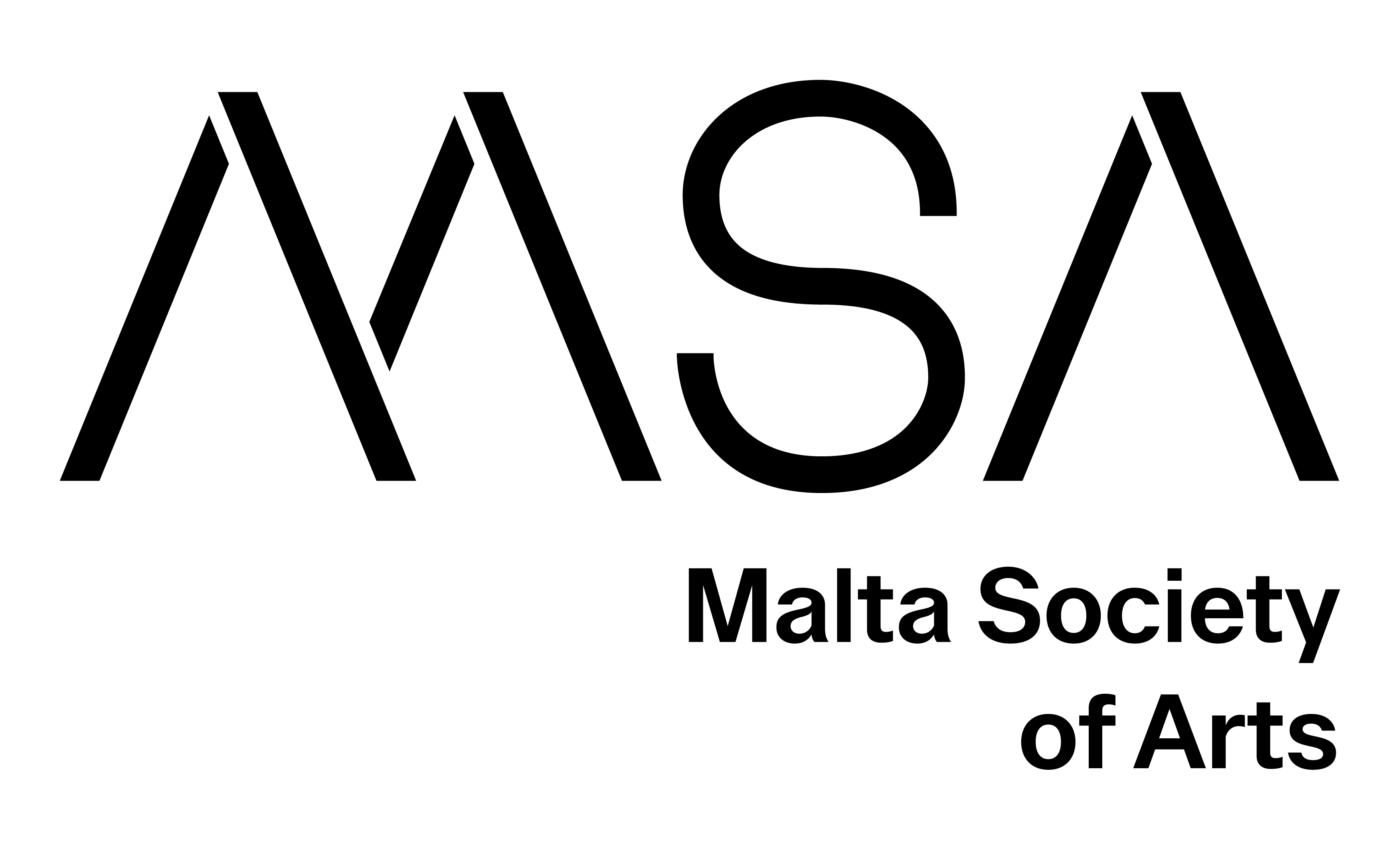Jacques Rancière’s conception of the “distribution of the sensible” is deeply indebted to Michel Foucault’s rewriting of the Kantian transcendental argument in terms of historical systems a priori. At the same time, he has maintained a critical distance to Foucault’s “confused” notion of biopolitics (Rancière 2010, 93), as well as to subsequent attempts that either inscribe biopolitics into “an onto-theologico-political terrain” or subsume it under “an ontology of life” (Rancière 2010, 93; 94). It is for this reason that Rancière insists on the crucial difference between biopower and biopolitics, and he folds biopower into his conception of the police so that biopower designates only one dimension of the police that one must grasp as a more comprehensive “distribution of the sensible within which it becomes possible to define strategies and techniques of power” (Rancière 2010, 95). One consequence of Rancière’s delimitation of biopower and evacuation of biopolitics consists in the delimitation of the police such that neither politics nor the aesthetic regime of art as redistributions of the sensible effecting different forms of dissensus are moments strictly immanent to the consensual order of the police. They are not subject to a necessary causal or teleological logic, and their respective effectuations of dissensus must be understood in terms of contingent disruptions of the “normal distribution of bodies into places where they are supposed to have a specific occupation and the sensory equipment fitting that occupation” (Rancière 2019, 232). Leaving here aside politics’ specific strategies of making visible and audible those who had been invisible and silenced, art’s capacity consists in suspending the sensible status quo and in generating alternative modes of seeing and speaking that are sustained by voids that, within the poetics of the police and its sensibility of decorum and propriety (Panagia 2018, 42), appear as distorting excessive aesthetic “practices of mixing, collage, or montage that thwart the ambitions of police poetics to determine the right disposition of things” (Panagia 2018, 53). By elaborating on the relationship or opposition between the consensual poetics of the police and dissensual art, this paper examines the question whether art – that, within the aesthetic regime, “is” always also non-art (“life”) without resolving this tension by subsuming one under the other or by having them coincide - can be construed as an antagonistic site that, in relation to the non-totality of the police order, marks a kind of heterogeneity that cannot be captured and appropriated by the latter’s (bio-)technologies of life.
REFERENCES:
Panagia, Davide (2018) : Rancière’s Sentiments (Durham and London : Duke University Press)
Rancière (2010) : Dissensus : On Politics and Aesthetics, ed. and translated Steven Corcoran (London and New York: Continuum)
Rancière, Jacques (2019): “Afterword: Rethinking Theory and Practice”, in: Distributions of the Sensible, ed. Scott Durham and Dilip Gaonkar (Chicago: Northwestern Press), pp. 223 – 236.
Gwendolyn Miles Smith Professor of Philosophy at Trinity College (CT, USA) and Privatdozent of philosophy at the University of Vienna (Vienna, Austria). Author and (co-)editor of 24 books and 80+ articles; recent books: “Die Literatur ist romantisch“. Marginalie zu Peter Handke (2023 – forthcoming); Slavoj Žižek und die Künste (2022); Jacques Rancière und die Literatur (2020); Zwischen Sensologie und ästhetischem Dissens (2019); Bruchlinien Europa(s) (2016); Adorno and the Concept of Genocide (2016); Ästhetisch-Politische Lektüren zum “Fall Wagner“ (2015).
Back







